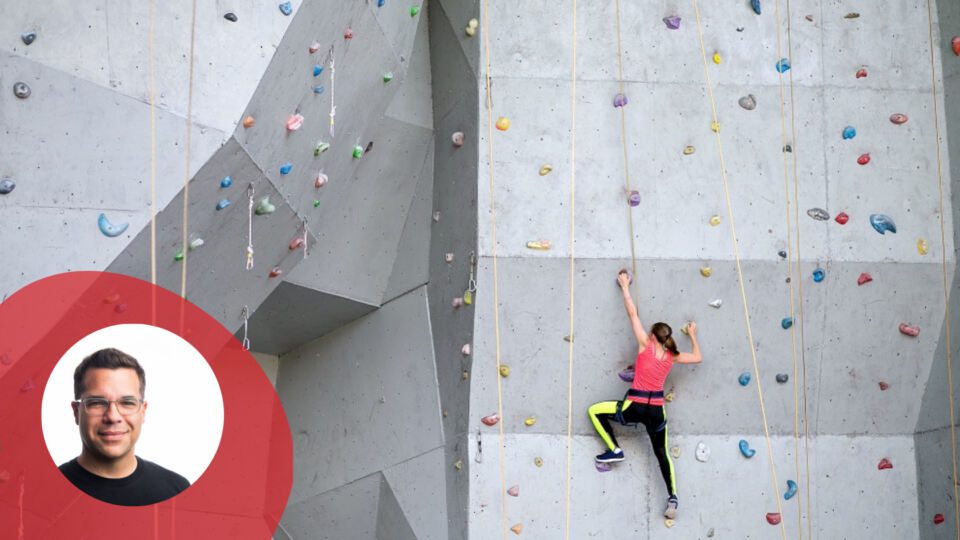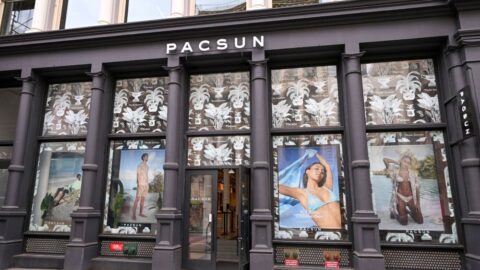With the potential for new COVID variants, record levels of inflation and evolving consumer preferences, 2022 retail design will change more in the next year than it has in the past decade. Retailers need to expand beyond the generic retail spaces of the past in order to maximize for shop-ability, safety and profitability. Here are the three key factors affecting retail design, and what retailers and brands need to do next.
1. Focus on Shop-Ability
Consumers experience brands and purchase differently than they did a decade ago. Retailers need to be firing on all cylinders with both a strong physical presence — as well as a complementary online strategy across mobile, web and social media — to maximize sales and impact.
We have all seen beautiful and edgy store designs, but how did their performance last over the long term? Stores still need traditional shop-ability: having the right mix of products, promotions, prices and people — but also simple factors like ease of entering the store, browsing, trying on items, all the way through to completing the purchase at the cashwrap.
The in-store experience can no longer be about restocking shelves and hoping for the best. In-store classes and product demos, expert staff, exclusive in-store-only items and deals and offering value over and above clicking “order” on a screen are just a few ways to make a physical store environment truly stand out.
The brand experience can expand beyond the physical store as well. Similar to product placement in movies, retailers may want to collaborate with other groups and brands — both inside and outside the retail world — to cross-pollinate one another’s consumer bases.
For example, several New York City museums recently held exhibitions on sneaker design, hip hop and graffiti in New York in the 1980s. These types of exhibitions would be a perfect opportunity for an emerging fashion, jewelry or sneaker brand, or even an established brand like Nike, to be a part of the exhibition, with the opportunity to purchase.
2. The Ongoing Evolution of Retail Spaces
Retail is changing quickly and there is an online and physical result to this evolution. Retailers must recognize their place not only as a showroom, but as a fulfillment center as well — supporting the online component and “last mile” of the business. With 88% of consumers surveyed willing to pay more for same-day or faster delivery, using the physical space as a logistics center — a means to fulfill online orders and pickups — is another way to squeeze profits from a retail rent.
Conversely, the way we utilize aging retail spaces has changed as well. With large mall anchor tenants disappearing — which initially drove traffic to malls and provided an influx of customers to smaller retailers, food and beverage tenants and more — former mall spaces in the suburbs have evolved to become medical spaces, schools and even flexible office spaces, piggybacking off of the need for remote workspaces during the pandemic. This kind of repurposing of the space brings traffic into the mall and enlivens the retail that is there.
3. Creating a Compelling Gathering Space
Much can be purchased online, but there is no substitute for an exciting and inspiring shopping journey. Brands will continue to need the physical presence as a direct, in-person connection to customers and to remain in the foreground of their market.
Brand loyalty happens when a brand uses the retail space as a gathering space for their tribe. If you’re at REI, there might be a rock-climbing wall; if you’re at Williams-Sonoma, there might be chocolate chip cookies baking that fill the store with a wonderful scent. At the end of the day, if you want your store to have a strong ROI, make it a destination, a driver of traffic — and you do this through effective store design.
For the first time in over a decade, there is the opportunity to snatch up iconic locations that may not have been available before. In New York City, locations like Rockefeller Center, SoHo, or Flatiron — whose asking rents 10 years ago would have been catastrophic — can now be had more affordably. Brands can take advantage of today’s challenging times and secure a great location that will add extra luster to their brand.
Retail is full of opportunities for brands in 2022. As the major driver of the U.S. economy, it’s not something that’s going away. Optimize the physical retail store look and feel to maximize success for the new year, rise above competition and create a remarkable shopping experience customers will love.
Eugene Colberg is a Brooklyn-based architect with over 25 years of experience producing award-winning architecture and interiors in the U.S. and internationally. As Principal of Colberg Architecture, he has designed imaginative and environmentally sensitive projects across the residential, workplace, retail, educational, healthcare, institutional, museum, and urban planning sectors. Having earned his BArch from Cornell University, Colberg is a Registered Architect in the State of New York, a Green Associate of Leadership in Energy and Environmental Design (LEED), and is certified by the National Council of Architectural Registration Boards (NCARB). Colberg Architecture is a Certified Minority Business Enterprise (MBE) with the City and State of New York and the Port Authority of New York and New Jersey. Colberg has worked on prominent retail store rollouts across the world, aligning architecture and in-store design with brand identity. Past projects include Rockefeller Center and prototype development for major brands including Bank United, PNC Bank and Kate Spade, as well as flagship design for stores including National Basketball Association (NBA), Uniqlo, LOFT and Armani Exchange.








